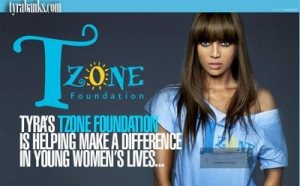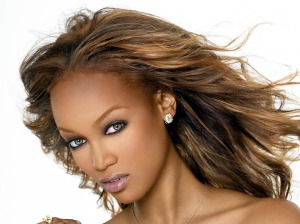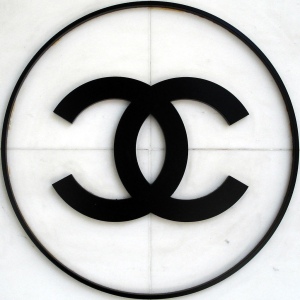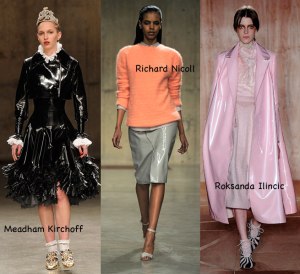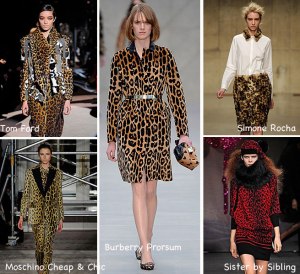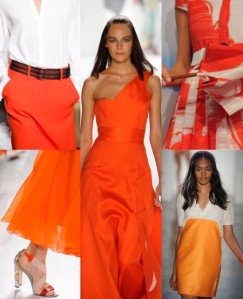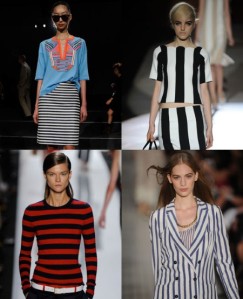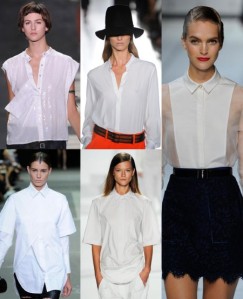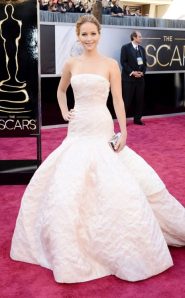Latisha, from the 10 September 2008 episode of the Tyra Banks Show, is allergic to bleaching creams. But because of her desperate need to lighten her skin, she put generic liquid bleach to her face. I remember feeling outrage when I first watched this episode at 15. What could possibly make a woman loath her colour so much? As she told her story, of how people told her that she was pretty, “for a dark girl,” I realised that I had experienced similar events. When people say things like that they make it seem like some sort of achievement to be pretty because I am dark, but can we really blame them if our definition of beauty is the opposite of what I am?
A beautiful black woman, according to mainstream media, is light-skinned. The hip-hop culture constantly promotes, “yellow-bones”, women of lighter skin. There is a general consensus that besides being viewed as more physically attractive, black women who have fair skin are favoured over “red-bones” or darker people. There are less cosmetic products that go with their skin tone where there is a wide-range for those of lighter skin and white people. Sometimes some cosmetics companies do not go beyond the darkest shade white people can achieve.
Colourism is very pertinent in our society today, besides being a recent and controversial topic. The term is applied to the discrimination between different shades of black people, where people (of all races) give preference to or discriminate against black people of a different shade. This problem keeps growing what with recent the recent boom in skin bleaching products.
As we are still hanging about in the dust of apartheid, it is important to realize that racism is not over. Just because laws enforcing racism are gone does not mean that the people who enforced, made and supported those laws stopped. White people are still favoured over black people in the media, and the black people we have in the media to represent us are mostly light-skinned. And it is no secret that they are favoured over darker people. It is wrong for people to be seen as more beautiful than others purely based on the colour of their skin.
In 2008, while her show was still on, Tyra Banks had an episode where she interviewed women who bleached their skin and asked them why they did it. Though her mother told Latosha she was beautiful, she also told her that, “being lighter brought [her] beauty out more.” She holds the same mentality and bleaches her own children.
I conducted a survey among black UCT (University of Cape Town) second year students, all on the brink of adulthood and therefore, the most susceptible to colourism. Most of the girls admitted that they did not like when their skin went darker. The image of black women presented in the media –of light-skinned women is what we come to naturally associate with as ‘beautiful’. One of my fellow students, Nyasha*, said that she did not hate her skin tone, she just did not like it when it got darker; it made her feel less beautiful. Another, Anele* said that her mother always told her to stay out of the sun and bought her bleaching cream when she refused. The boys admitted that they thought that light-skinned girls were prettier but, there were some really pretty dark girls as well.
I realize that most of my comments are generalizations and do not hold true in some cases but at the same time, they are generally true. I also believe that the image projected by the media to us needs to change and that black women need to be uplifted so that they can stop harming their skin and their children’s. The message we are giving to the younger generation, when we bleach our skin, is that they are not good enough as they are. We are teaching them to be ashamed of their skin colour. This message is wrong and bigoted; and it needs to change. That is why I find women like Tyra Banks, who constantly promote women and especially black women to love themselves as they are, so inspirational.
It is wrong for anyone, to feel insecure about their skin colour and wish to change it, especially in this day and age. But they are victims of society because, as I have said before, lighter-skinned women are put on a pedestal and as Tyra says in that episode of her show, “darker-skinned women need images of themselves in the media to feel beautiful…” because if all we see is light skin we are bound to see that the way we look does not fit into what society deems beautiful. And it will not be long before we wish to change it to fit the norm.
*All names have been changed.






